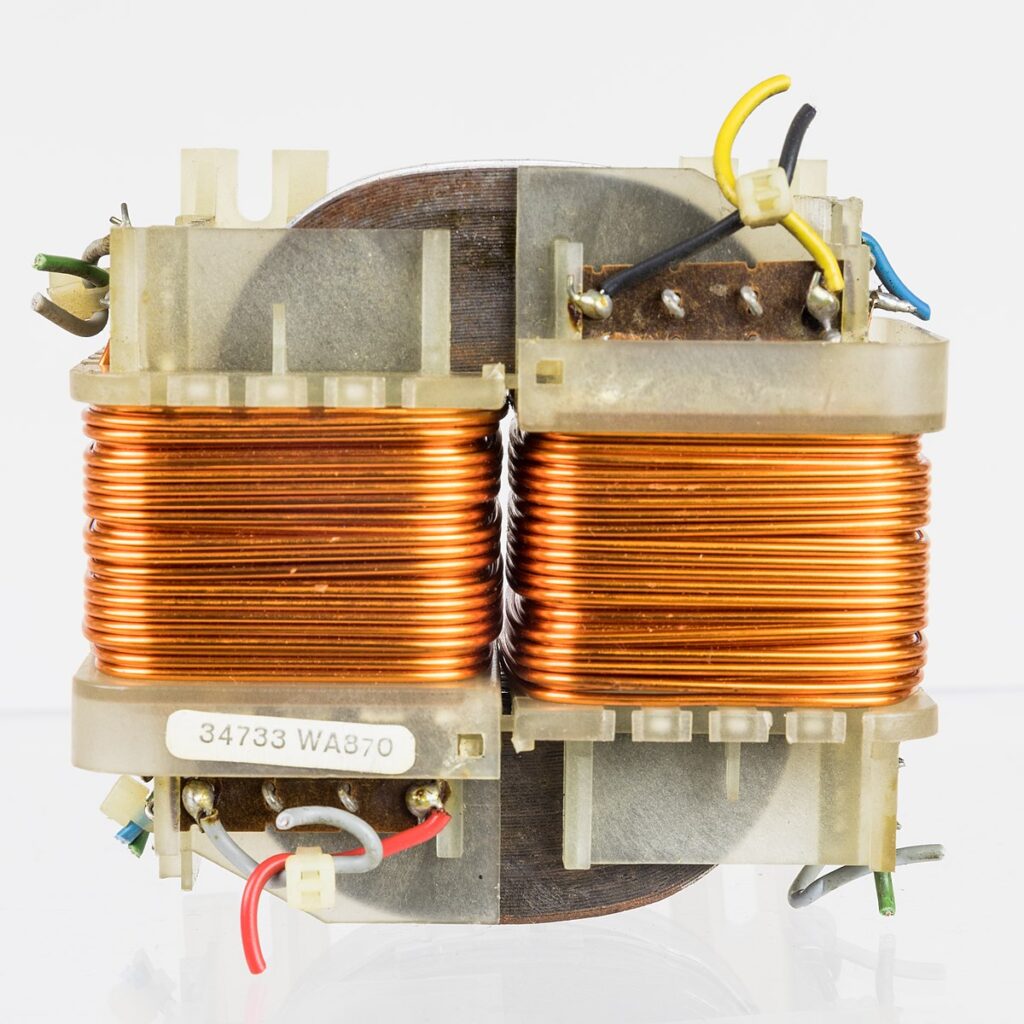
Welcome to the electrifying world of electrical transformers! These powerful devices play a crucial role in enabling efficient power conversion, ensuring that electricity flows smoothly from one circuit to another. Whether you’re an industry professional or simply curious about how these marvels of technology work, this blog post is here to enlighten and inspire you.
In the fast-paced realm of the electrical wholesale industry, it’s essential to stay up-to-date with the latest advancements in equipment such as residential circuit breakers and electrical motor controls. And what better way to start than by delving into the fascinating world of electrical transformers? So let’s dive right in and unravel their mysteries together!
Types of Electrical Transformers
When it comes to electrical transformers, there are several types that serve different purposes and applications. Let’s explore some of the most common ones:
- Power Transformers: These transformers are used to step-up or step-down voltage levels in power transmission and distribution systems. They ensure efficient transfer of electricity over long distances, minimizing losses along the way.
- Distribution Transformers: As the name suggests, these transformers are responsible for distributing electricity from substations to residential and commercial areas. They typically operate at lower voltage levels and play a vital role in supplying power to our homes and businesses.
- Auto Transformers: Unlike conventional transformers with separate primary and secondary windings, auto transformers have a shared winding that serves as both the primary and secondary side. This design enables them to provide variable output voltages within specific ranges, making them ideal for certain industrial applications.
- Instrument Transformers: These specialized transformers are used for measuring current or voltage levels accurately in high-voltage circuits. Current transformers (CTs) convert high currents into manageable values, while potential transformers (PTs) step down high voltages for safe measurement purposes.
Each type of transformer has its own unique characteristics and uses within various industries like manufacturing, construction, energy production, and more.
So now that we’ve uncovered some of the different types of electrical transformers out there let’s dig deeper into how they actually work their magic! Stay tuned!
Introduction to Electrical Transformers
Electrical transformers are essential components in the electrical wholesale industry, enabling efficient power conversion and distribution. They play a crucial role in delivering electricity from power generation stations to our homes, businesses, and industries.
These devices work on the principle of electromagnetic induction, where they transfer electrical energy between two or more circuits through electromagnetic fields. By stepping up or stepping down voltage levels as needed, transformers ensure that electricity can be transmitted over long distances with minimal loss.
There are various types of electrical transformers available for different applications. Distribution transformers are commonly used in residential areas to step down high-voltage electricity from transmission lines to lower voltage levels suitable for household consumption. On the other hand, power transformers handle much higher voltages and are used in substations and industrial settings.
In addition to their primary function of voltage regulation, electrical transformers also provide isolation between input and output circuits. This feature ensures safety by preventing electric shocks and protecting sensitive equipment from power fluctuations.
Electrical transformers form an integral part of our daily lives by facilitating efficient power distribution while maintaining safety standards. From residential circuit breakers to industrial motor controls, these devices enable us to access reliable electricity for all our needs.
Conclusion
In today’s fast-paced world, efficient power conversion is essential for ensuring a reliable and stable supply of electricity. Electrical transformers play a crucial role in facilitating this process by stepping up or down the voltage levels as required. As we have explored in this article, there are various types of electrical transformers designed to meet different needs.
From residential circuit breakers to electrical motor controls, the electrical wholesale industry relies heavily on these transformative devices. By converting electricity from one voltage level to another, transformers enable us to use electricity safely and efficiently in our homes, businesses, and industries.
Whether it’s reducing energy losses during transmission or supplying power at optimal voltages for specific applications, electrical transformers continue to be an integral part of our daily lives. They ensure that the electricity we rely on is properly regulated and meets the diverse requirements of modern technology.
As advancements in technology continue to drive the need for more efficient power conversion solutions, it is clear that electrical transformers will remain indispensable. The importance of understanding their functionality and selecting the right type cannot be overstated.
So next time you switch on your lights or plug in your electronic devices without any interruption or fluctuation in power supply, take a moment to appreciate the silent heroes behind it all – electrical transformers! commercial motor controls



